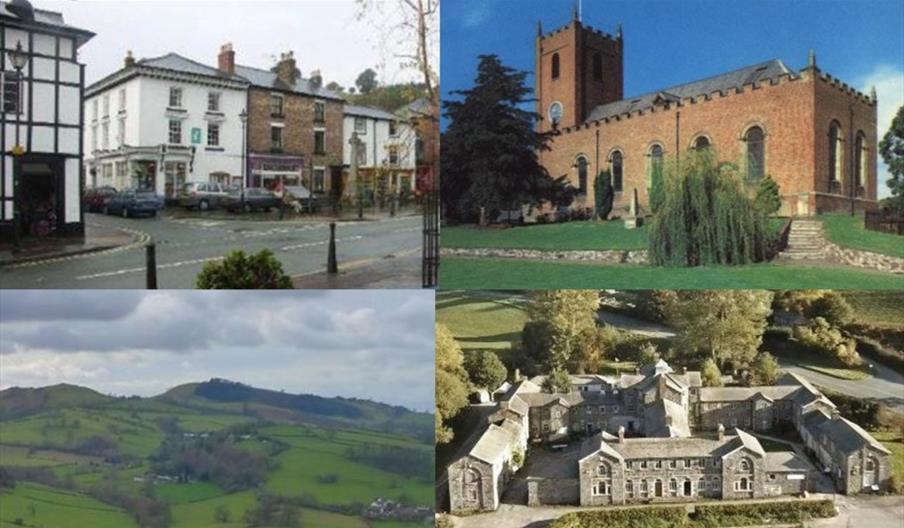Book Tickets Online
About
Llanfyllin is a thriving market town, it is an ideal centre to use as a base to explore north Powys, southern Snowdonia and nearby Lake Vyrnwy, Welshpool and Oswestry. The town is flanked by the Cain and Abel rivers. Its reputation as a haven for alternative culture perhaps stems from its origins as an early Briton settlement. The holy well of Saint Myllin can
Llanfyllin derives its name from Myllin, a Celtic Saint of the 7th century. In 1293, Llewelyn ap Gruffydd, Lord of Mechain granted the town its borough charter and is one of only two Welsh towns (the other is Welshpool) to receive its charter from a native Welsh ruler.
The town has all the amenities that it needs to sustain a very happy and content populace, with some excellent restaurants, cafes and accommodation as well as a weekly farmers market. The Llanfyllin County Show is held in August each year and has been a a highlight of the local community for over 150 years.
St Myllin’s Well overlooks the town and there are a number of historic houses in the town, such as Plas Uchaf (The Hall) where Charles I spent a night en route to Chester in 1645, and the Council House, opposite the church, where a Napoleonic prisoner of war painted a mural between 1812 and 1814.
Llanfyllin Workshouse
Local attractions include the Llanfyllin Workhouse that was built in 1838. The Workhouse was featured on BBC 2's Restoration programme and has since transformed itself into a centre for arts, creativity and the environment. It houses the Workhouse History Centre, Wales's only workhouse museum, open daily free of charge, and is home to varied events including small-scale music festivals, horse shows and art exhibitions. Its 6-acre site includes a sensory garden and is used for ecological activities and courses.
Llanfyllin was granted its borough charter in 1293 by Llewelyn ap Gruffydd, Lord of Mechain by which it became a town. It is one of only two Welsh towns (the other is Welshpool) to receive its charter from a native Welsh ruler. By the beginning of the eighteenth century the town had its own brick works utilising a supply of suitable clay to produce a beautiful mellow orange coloured brick.
Anne Griffiths, the celebrated Welsh hymn writer, was born very near the town and has lent her name to several of the walking trails that explore the adjacent hills and vales.
Map & Directions
Road Directions
A490 north from Welshpool.
Public Transport Directions
Accessible by Public Transport: Welshpool station is 17 miles away.




 to add an item to your Itinerary basket.
to add an item to your Itinerary basket.







